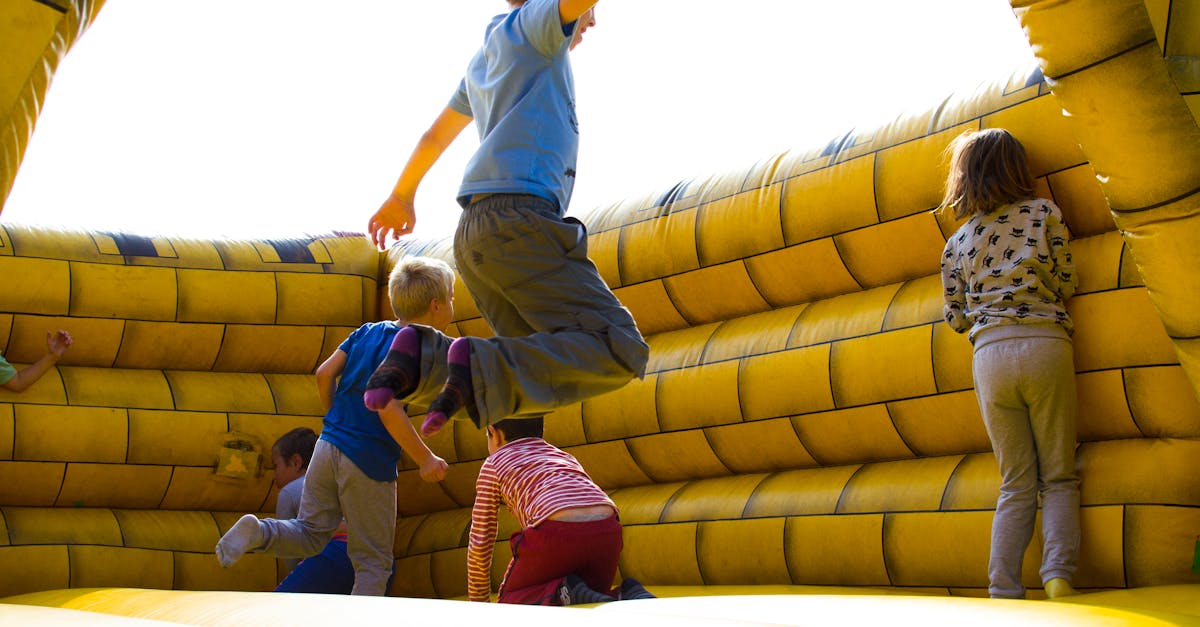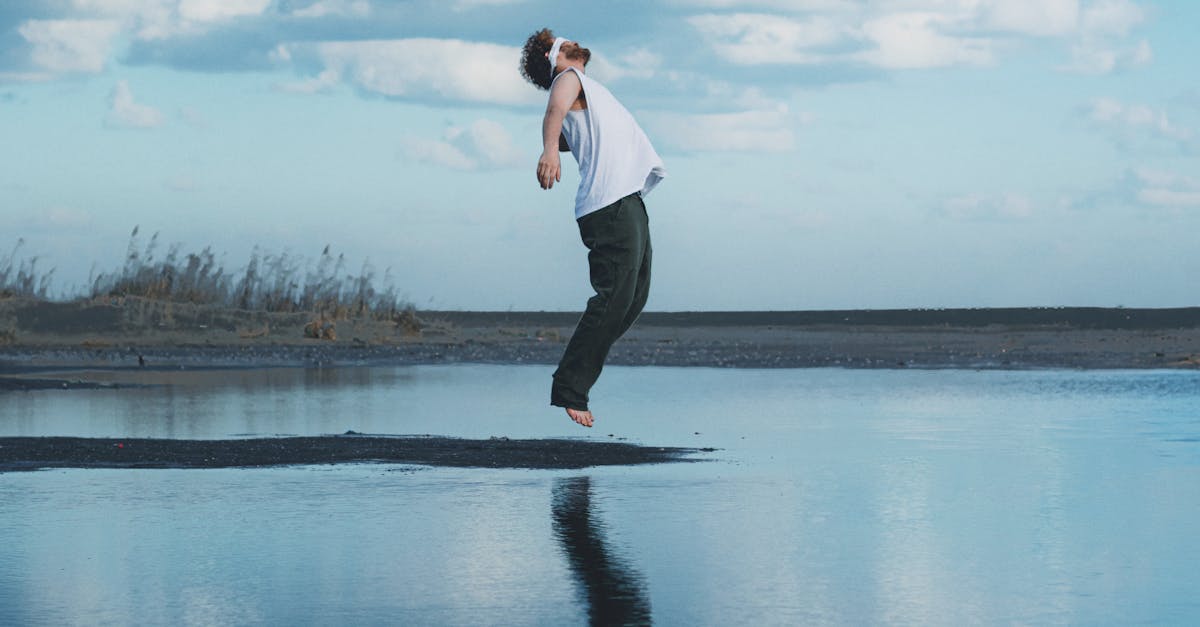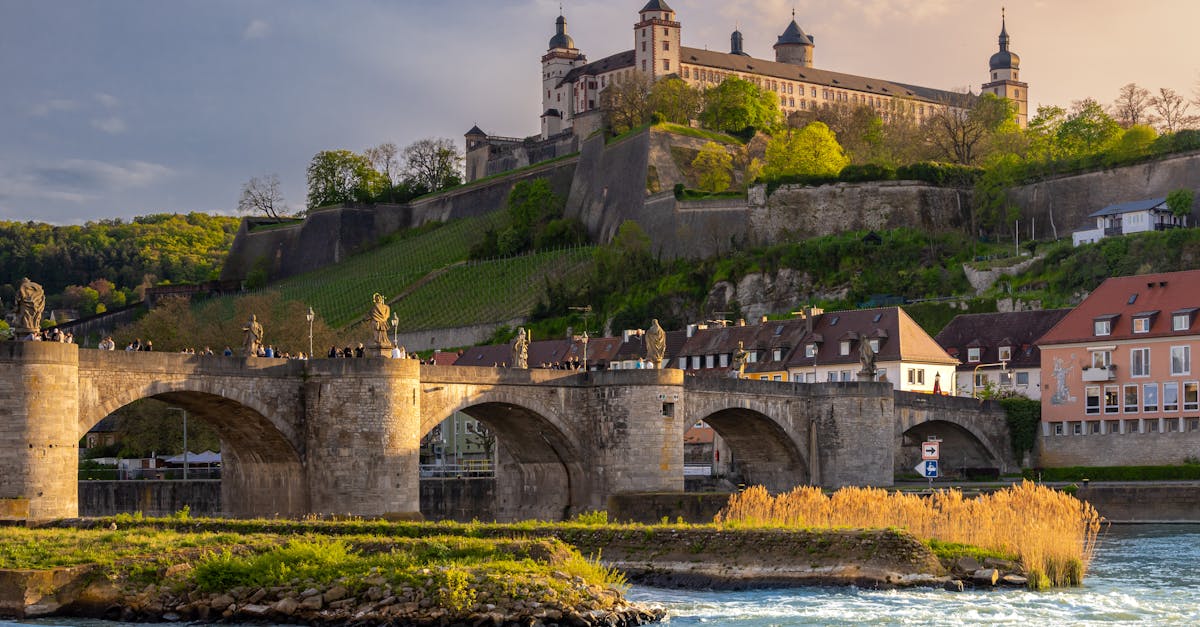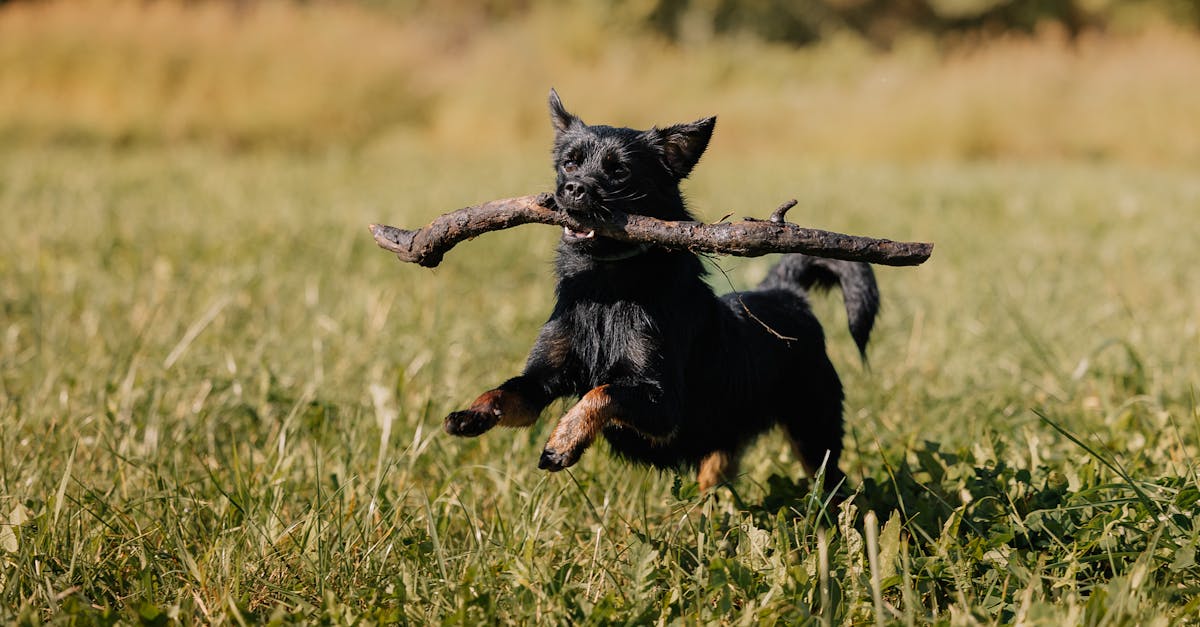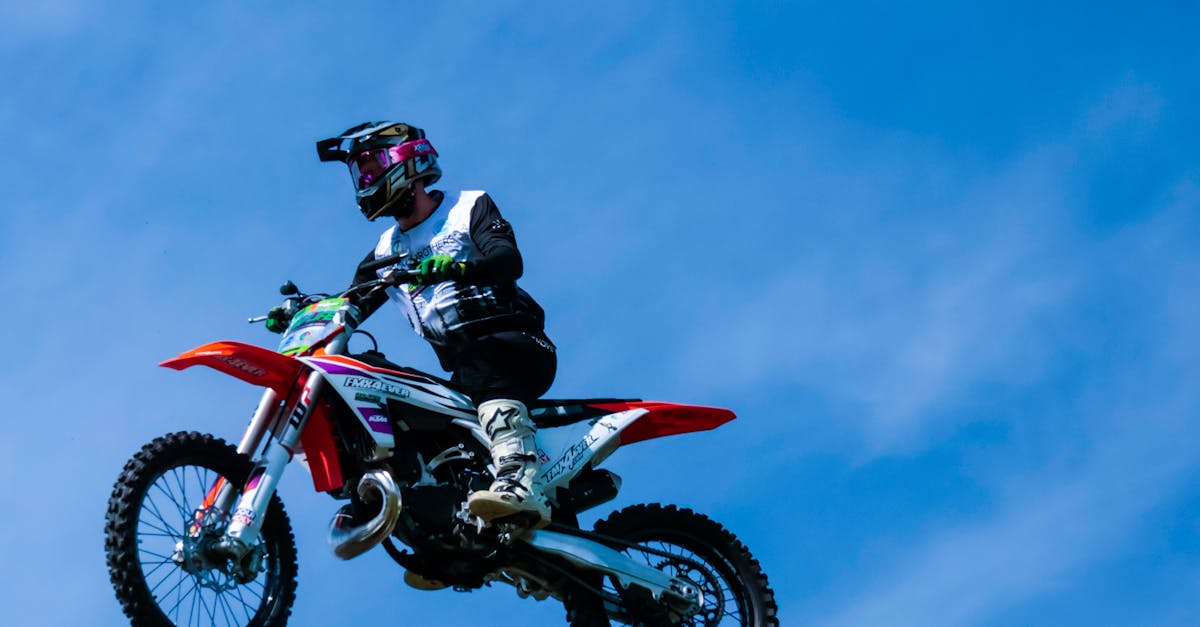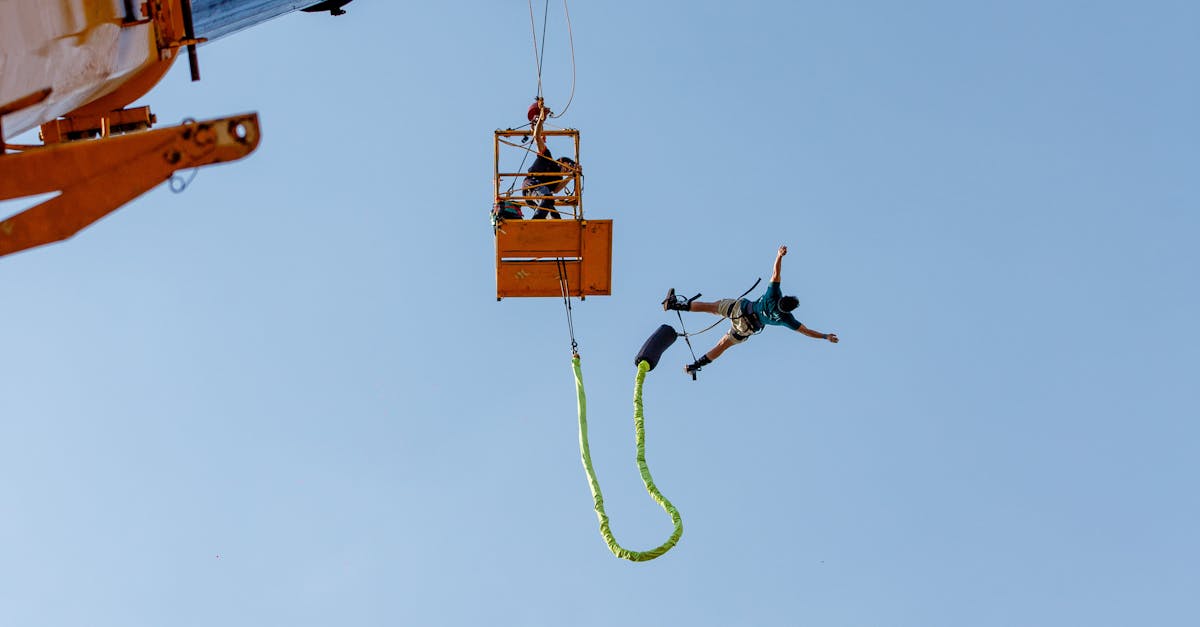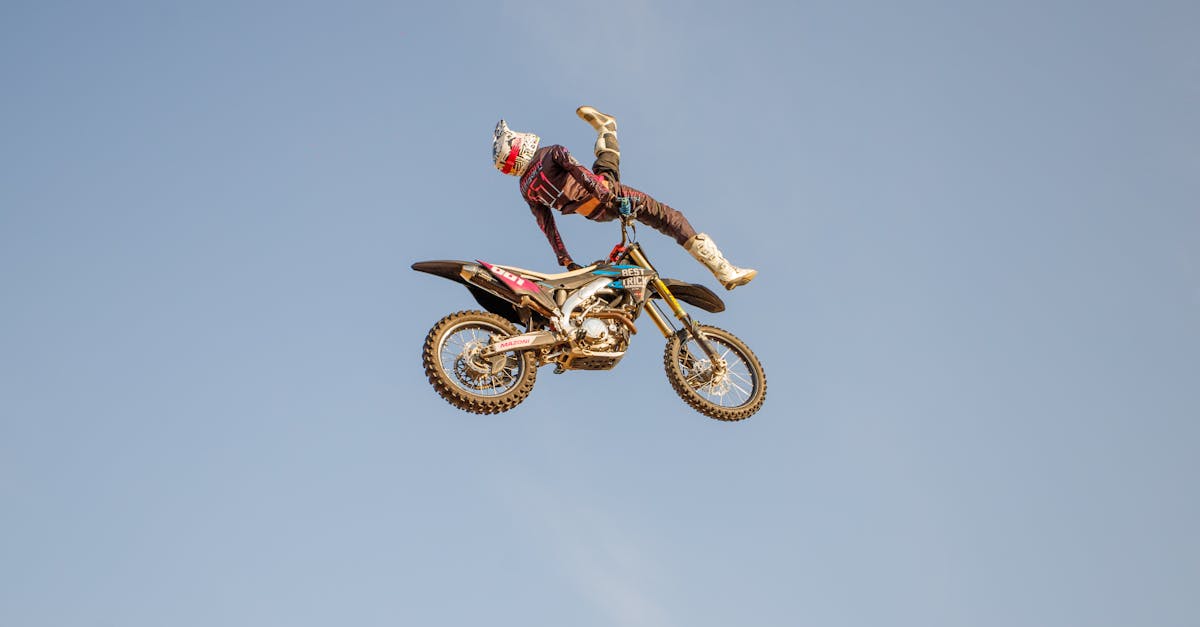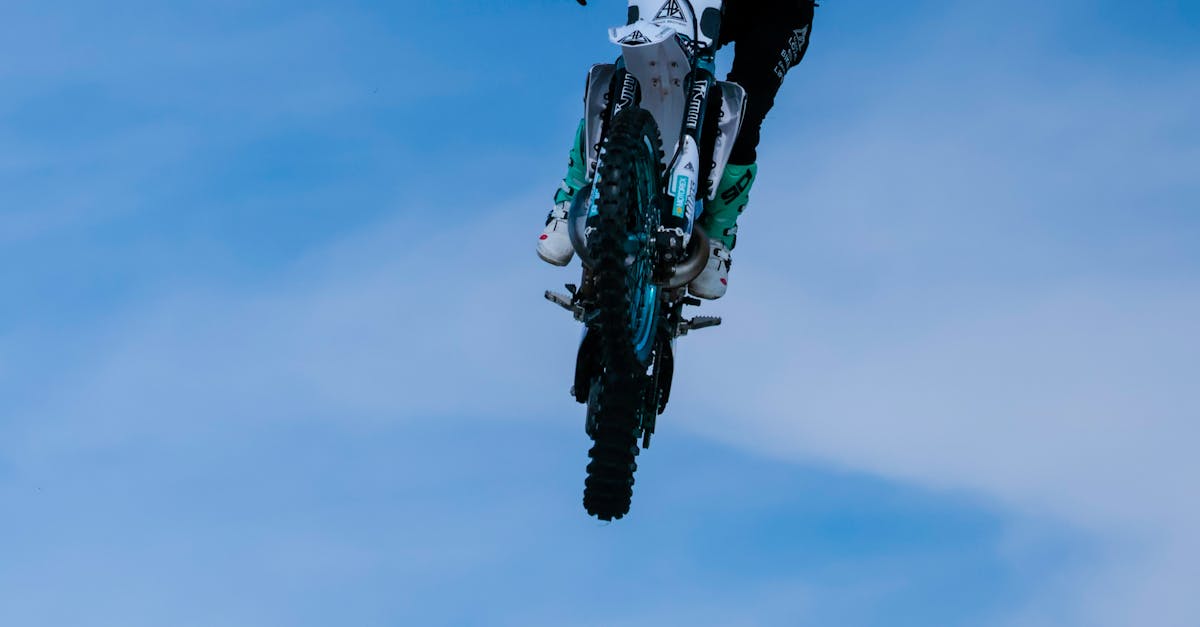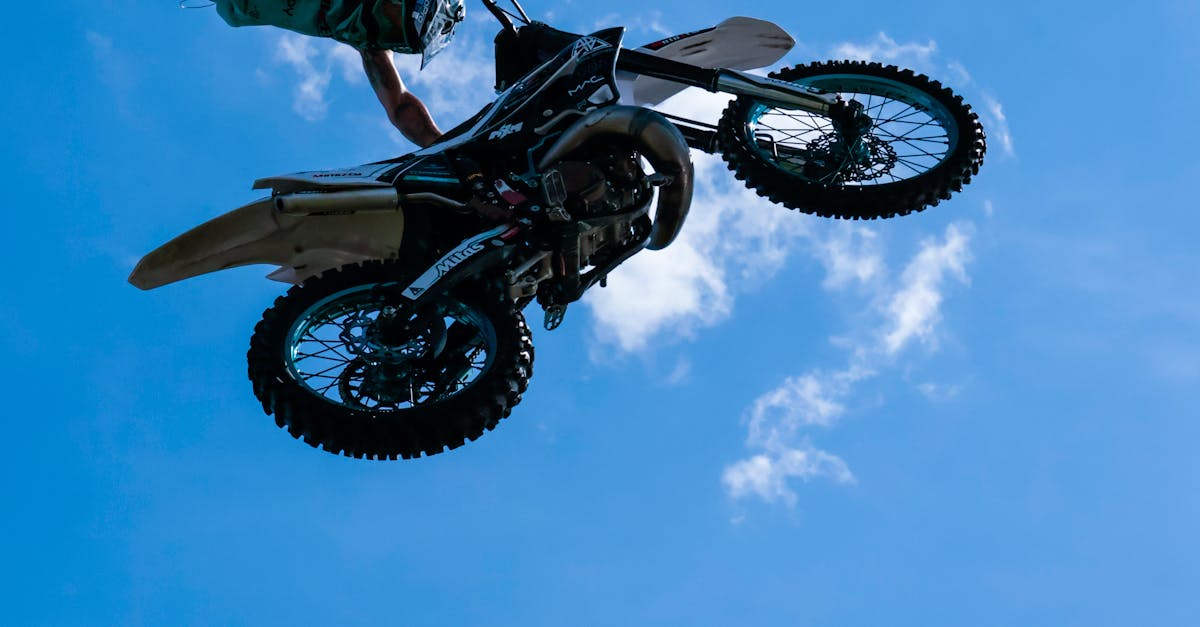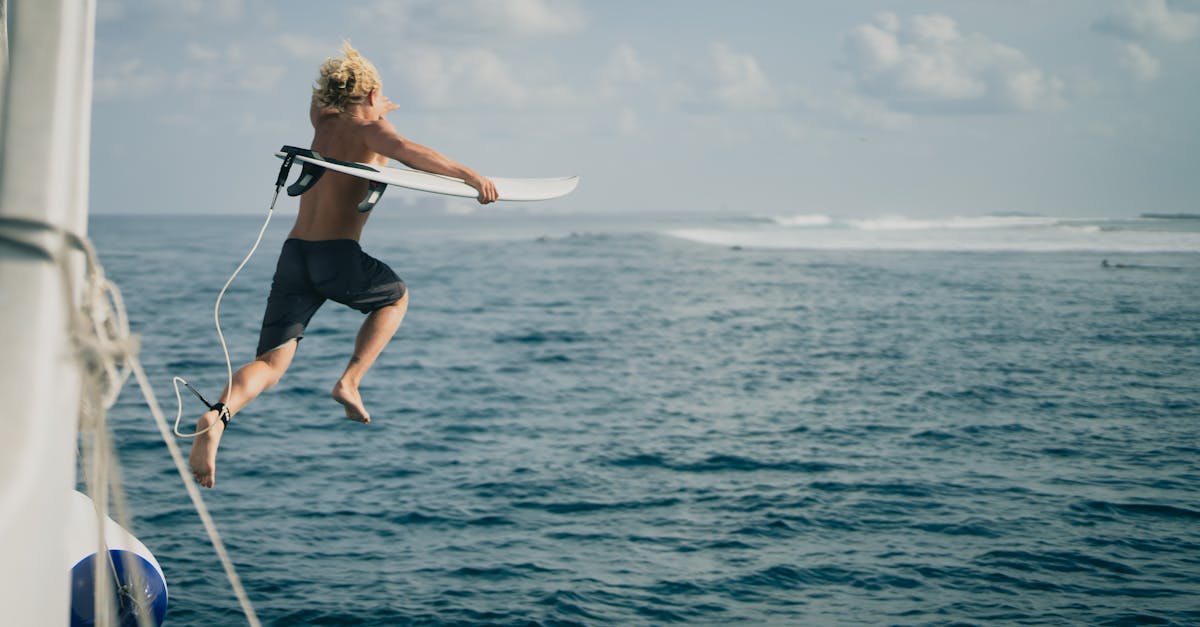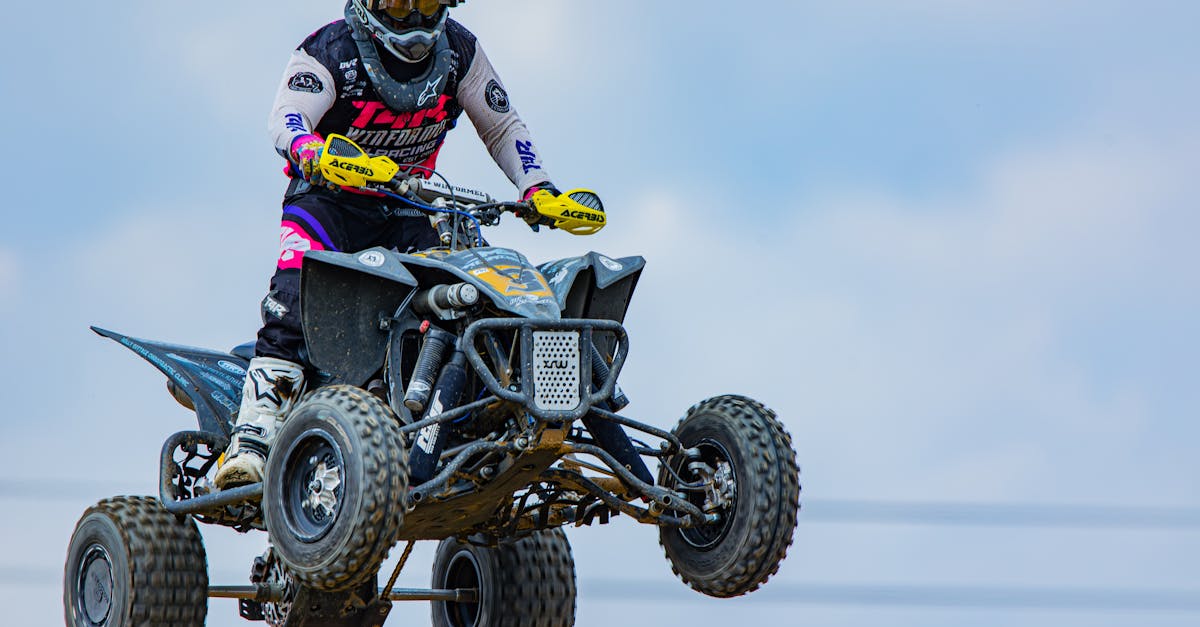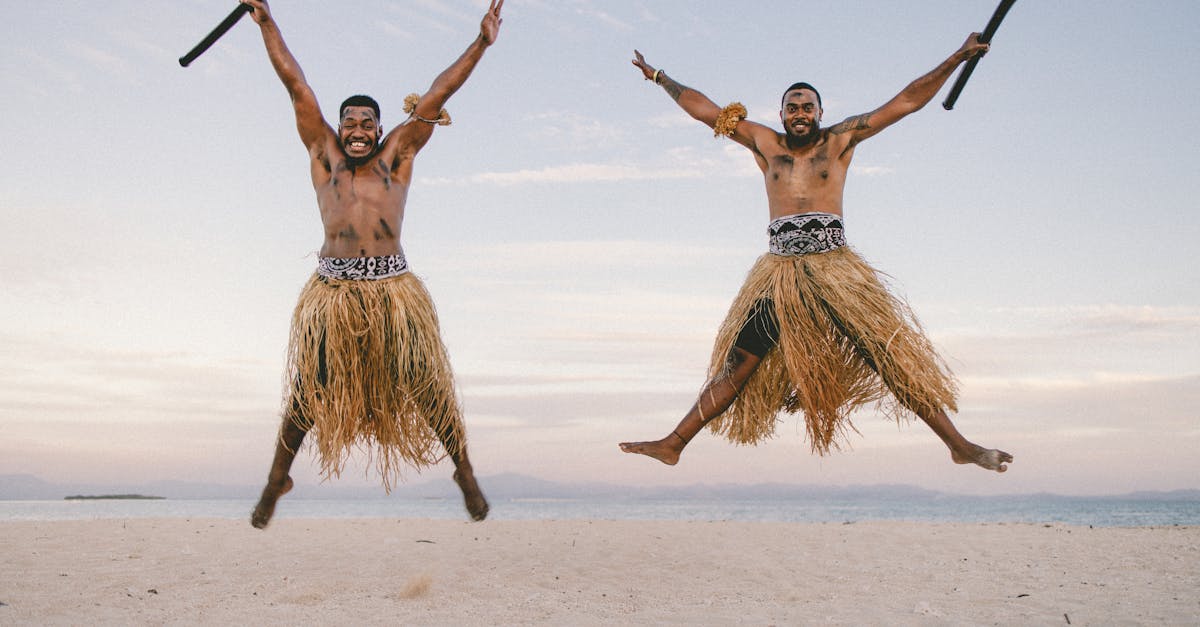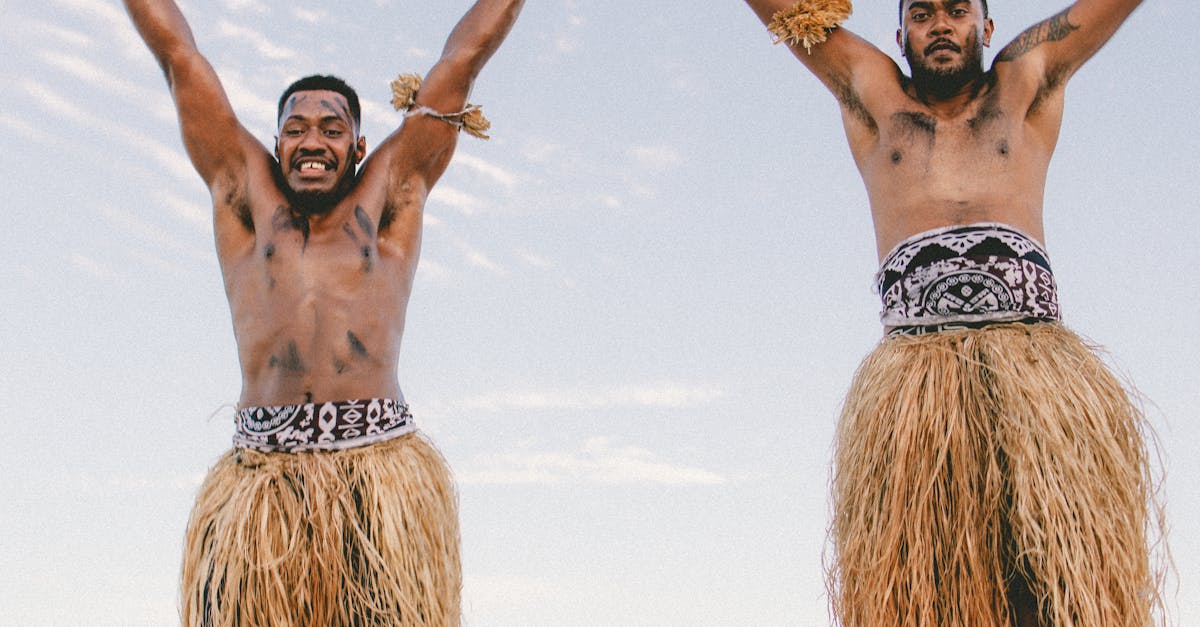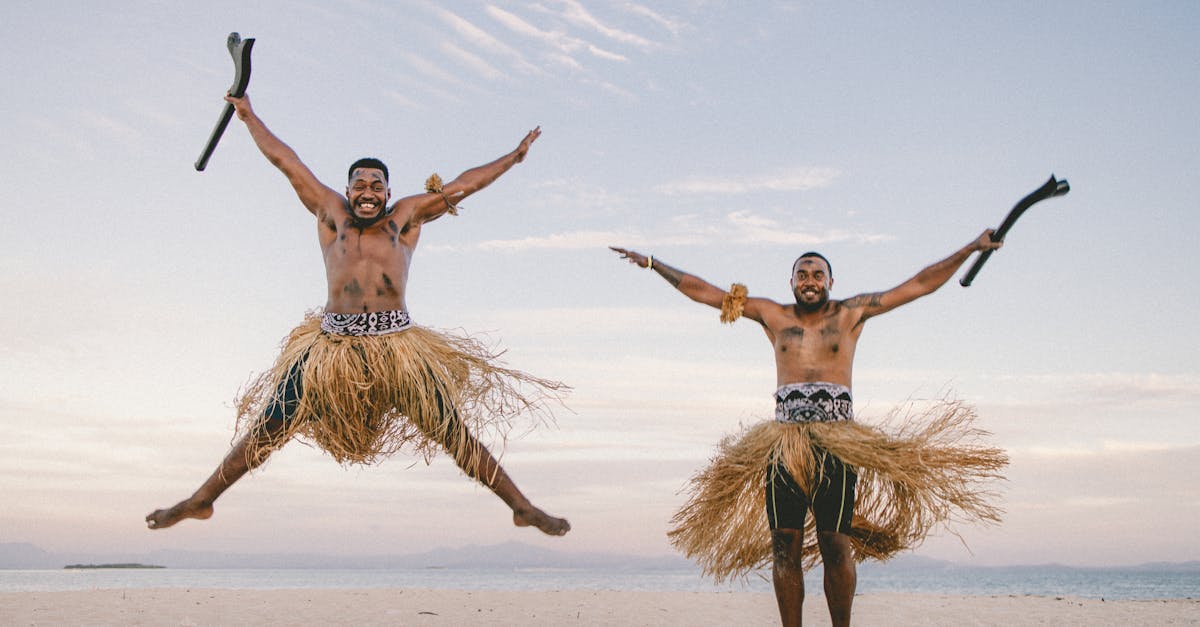
Table Of Contents
Renting vs Buying a Roller Coaster
When considering the options for acquiring a carnival roller coaster, event planners often weigh the benefits of renting versus buying. Renting a roller coaster can be ideal for temporary events, festivals, or seasonal fairs. This option allows for flexibility without the long-term commitment and hefty upfront cost associated with purchasing. Inflatables and carnival rides can be included in the rental package, providing a diverse selection to enhance the entertainment offering at events.
On the other hand, buying a roller coaster may be a better investment for operators who host multiple events throughout the year. Ownership offers the advantage of customising the attractions to fit specific themes or audience preferences. Although the initial purchase price is significant, the long-term savings on rental fees can make it a financially viable choice. Inflatables and carnival rides can complement the roller coaster, creating a more extensive amusement experience that attracts larger crowds.
Cost Analysis of Each Option
When considering the cost of renting versus buying a roller coaster for a carnival, several factors come into play. Renting offers the advantage of lower upfront costs and the flexibility to change attractions based on demand and seasonal trends. However, these rental fees can accumulate over time, potentially making the overall expense higher than purchasing a roller coaster outright. Inflatables and carnival rides can also be included in this analysis, as they present a variety of entertainment options with different cost implications.
On the other hand, buying a roller coaster demands a significant investment, often in the hundreds of thousands of dollars, depending on the size and complexity of the ride. While this initial expense is steep, owning a roller coaster can lead to long-term financial benefits through consistent revenue generation. This is particularly true in high-traffic seasons where the ride can attract large crowds. The incorporation of inflatables and carnival rides in conjunction with a purchased coaster could enhance the entertainment offering, creating a more appealing package for carnival-goers and potentially increasing profitability.
Financing Options for Purchasing a Roller Coaster
When considering the purchase of a roller coaster, exploring financing options is essential. Many companies offer tailored loans specifically designed for amusement park attractions. This can include both traditional financing schemes and specialised lenders who understand the unique needs of the industry. Investors may also look into partnerships or co-financing with other amusement businesses, which can help distribute the financial burden while still enabling the purchase of exciting attractions.
Inflatables and carnival rides can serve as additional revenue sources while offsetting the costs associated with a major purchase like a roller coaster. Rental agreements for inflatable structures can help generate income, creating a financial buffer until the roller coaster begins to attract visitors. Furthermore, leasing options may be available for those unable to bear the upfront cost. This flexibility can be advantageous, allowing operators to increase attractions and diversify their offerings without overextending their budgets.
Exploring Loan and Lease Opportunities
When considering the acquisition of a carnival roller coaster, exploring financing options such as loans and leases can be essential. Many operators find that leasing a ride, such as a roller coaster, allows them to spread the financial burden over time. This approach typically requires lower upfront costs compared to outright purchasing, providing flexibility in managing cash flow. Additionally, leasing arrangements can often include maintenance and support, reducing the burden on operators who may not have the resources for extensive in-house upkeep.
On the other hand, obtaining a loan for purchasing a roller coaster offers ownership benefits that a lease does not. Once the loan is paid off, the operator retains all profit generated from the ride, while a leased ride would continue to generate payments. Inflatables and carnival rides can complement these offerings, allowing operators to diversify their attractions and draw in larger crowds. Understanding the long-term financial implications of both options is critical for carnival operators aiming to maximise their investment in amusement attractions.
Economic Impact of Carnival Roller Coasters
Carnival roller coasters serve as significant attractions that can drastically enhance the economic vitality of local communities. These rides draw crowds, increasing foot traffic and encouraging spending in nearby businesses. Attendance at events featuring roller coasters contributes directly to local economies by boosting sales in areas such as food, merchandise, and accommodation. As families flock to enjoy the thrill of these rides, the benefits ripple through various sectors, benefitting not just the carnival operators but also local vendors and service providers.
In addition to immediate financial returns, carnival roller coasters can create longer-term economic impacts. By bringing attention to an area, they can enhance its reputation as a destination for family entertainment and leisure activities. The combined draw of inflatables and carnival rides fosters repeat visitors who may return for future events. This ongoing engagement can lead to increased investment in local infrastructure and services, contributing to a sustainable economic model that supports community growth over time.
Revenue Generation Potential
Carnival roller coasters can significantly enhance revenue generation potential for event organisers and operators. Their presence attracts larger crowds, increasing ticket sales and overall foot traffic at carnivals and fairs. Patrons often seek thrilling experiences, making roller coasters a standout attraction compared to traditional inflatables and carnival rides. With well-planned marketing strategies, these attractions can create buzz, encouraging repeat visits and boosting merchandise sales as visitors dive into the full carnival experience.
The long-term financial benefits of investing in a roller coaster can outstrip initial costs. While inflatables and carnival rides may have lower upfront expenses, they often provide a more limited engagement compared to the excitement of a roller coaster. As families and thrill-seekers flock to the larger rides, operators can leverage this interest to introduce additional revenue streams such as food vendors, games, and premium experiences, ultimately contributing to a more profitable event overall.
FAQS
What is the average cost of a Carnival roller coaster?
The average cost of a Carnival roller coaster can range from AUD 1 million to AUD 5 million, depending on the type, size, and design of the coaster.
Should I rent or buy a roller coaster for my carnival?
The decision to rent or buy a roller coaster depends on your budget, frequency of use, and long-term plans. Renting may be more cost-effective for short-term events, while purchasing can be a better investment for long-term operations.
What financing options are available for purchasing a roller coaster?
Financing options for purchasing a roller coaster include traditional bank loans, specialised amusement park financing, and lease agreements. Each option offers different terms and interest rates, so it's essential to evaluate them carefully.
How do carnival roller coasters generate revenue?
Carnival roller coasters generate revenue through ticket sales, which can significantly boost overall income, especially during peak seasons or special events. They can also attract more visitors to the carnival, increasing sales in other areas.
Are there ongoing costs associated with owning a roller coaster?
Yes, ongoing costs of owning a roller coaster include maintenance, insurance, staffing, and safety inspections. It's important to factor these expenses into your budget when considering the purchase of a roller coaster.

